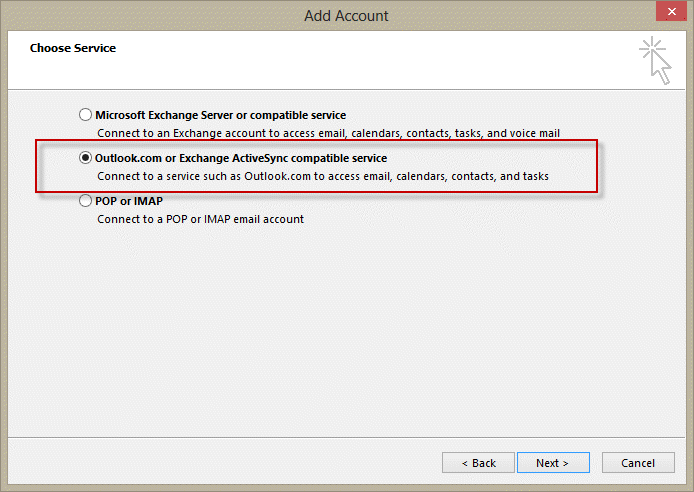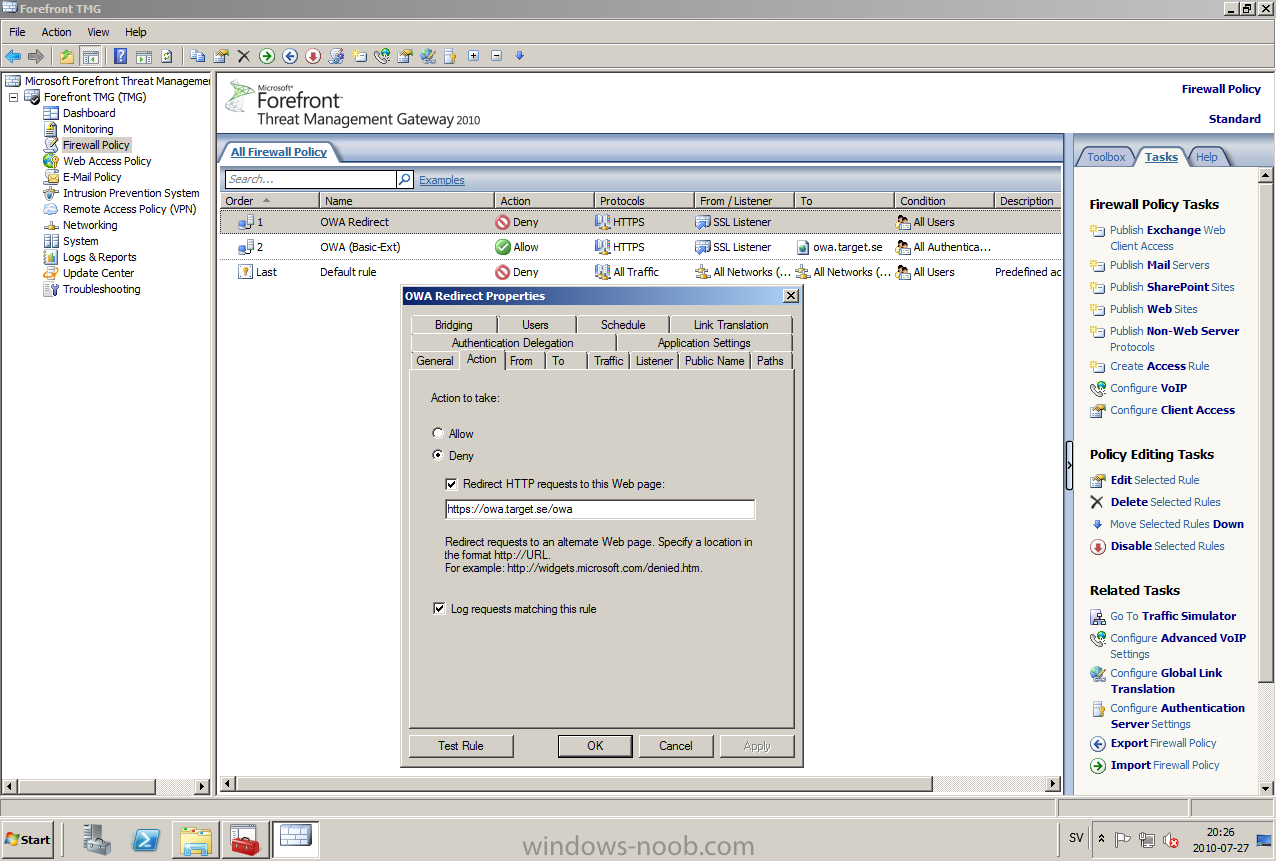
The Client Access server returns a “UserHasNoMailbox” error to the mobile device, which is displayed in the form of the following error message:Ī solution has been built (and shipped in above mentioned updates) to make sure mailbox moves from on-premises to Office 365 are seamless for EAS users, as well. The Client Access server gets a response that the user mailbox is not found. The on-premises Client Access server checks if the user’s mailbox is present. The EAS device tries to sync using the currently configured URL and hits the on-premises Client Access server. In short, this is the pre-update mail synchronization flow for an EAS device after a mailbox is moved from on-premises to Office 365: If the user’s mailbox was not found in the source forest, the Client Access server would return an error message. On-premises Client Access servers did not redirect devices to new mailboxes. The reason for this behavior is that when a mailbox is moved from on-premises to Office 365, the device tries to connect to the user’s mailbox’s last location before the migration, which is the on-premises server. 
The user has to manually re-configure the device with the new URL, or delete and recreate the email account on the device.

Outlook uses Autodiscover to redirect the user, and OWA provides a link to Office 365 login.īut what about ActiveSync-enabled devices? Before the above updates are installed, after the mailbox is moved, the user’s mail stops syncing on their EAS device because the device can no longer find the current location of the mailbox.

Today, when a user's mailbox moved from Exchange on-premises to Exchange Online (Office 365), Outlook and Outlook Web App (OWA) have a seamless method to redirect the user to the new mailbox location. This blog post explains the current situation with on-boarding Exchange ActiveSync (EAS) users as well as the new functionality offered. Exchange Server 2013 Cumulative Update 8 (CU8) and Exchange Server 2010 SP3 Rollup Update 9 (RU9) introduced a new feature to provide a more seamless experience for ActiveSync-enabled users who move from on-premises Exchange servers to Office 365.







 0 kommentar(er)
0 kommentar(er)
